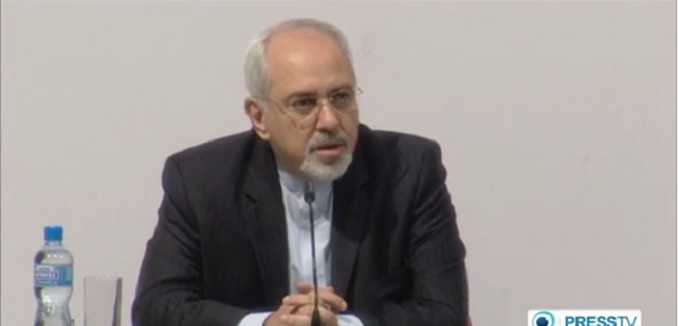The State Department acknowledged last week that the recently announced agreement widely described as freezing Iran’s nuclear program in fact permits Tehran to continue construction at its Arak complex, after statements by Iranian Foreign Minister Mohammed Javad Zarif committed the Islamic republic to bolstering the plutonium facility during the agreement’s six-month interim period:
The Arak site was among the thorniest issues negotiators sought to resolve in last weekend’s nuclear agreement in Geneva.
The White House said afterward Iran wouldn’t advance its “activities” at Arak or progress toward plutonium production. It spelled out several more constraints.
Iranian Foreign Minister Mohammad Javad Zarif said Wednesday while his country was honoring the deal, construction on building projects would continue.
Arak contains multiple facilities, including a heavy water production facility and a facility for a heavy water reactor that, once activated, would produce sufficient plutonium for between one and two nuclear bombs per year. A fact sheet published last month by the White House touting the Geneva deal insisted that “Iran has committed to no further advances of its activities at Arak and to halt progress on its plutonium track,” and Reuters last week noted that Zarif’s declaration came “despite an agreement with Western powers to halt activity.”
State Department spokesperson Jen Psaki subsequently clarified that the agreement actually permits certain categories of construction to continue.
Her clarification came two days after Reuters conveyed expert analysis describing a “loophole” in the agreement:
Sunday’s agreement to curb Iran’s nuclear program contains an apparent gap that could allow Tehran to build components off-site to install later in a nuclear reactor where it has promised to halt work, experts said.
They said any impact of the omission is likely to be small if Iran follows other undertakings in the interim accord, which is designed to restrain Tehran’s nuclear program for six months in return for limited sanctions relief.
But the gap, which one diplomat described as a potential “loophole”, could provide a test of Iran’s intentions, and demonstrates how difficult it will be to reach a final deal to resolve Iran’s nuclear standoff with the West once and for all.
The clarification plus the “loophole” means that Iran would be permitted over the next six months to make progress both on its plutonium facility and on creating the parts that would eventually go into its plutonium reactor. The scenario may be difficult to reconcile with Western claims that the Geneva negotiations achieved a freeze in Iran’s nuclear progress.
[Photo: PressTV Videos / YouTube]




